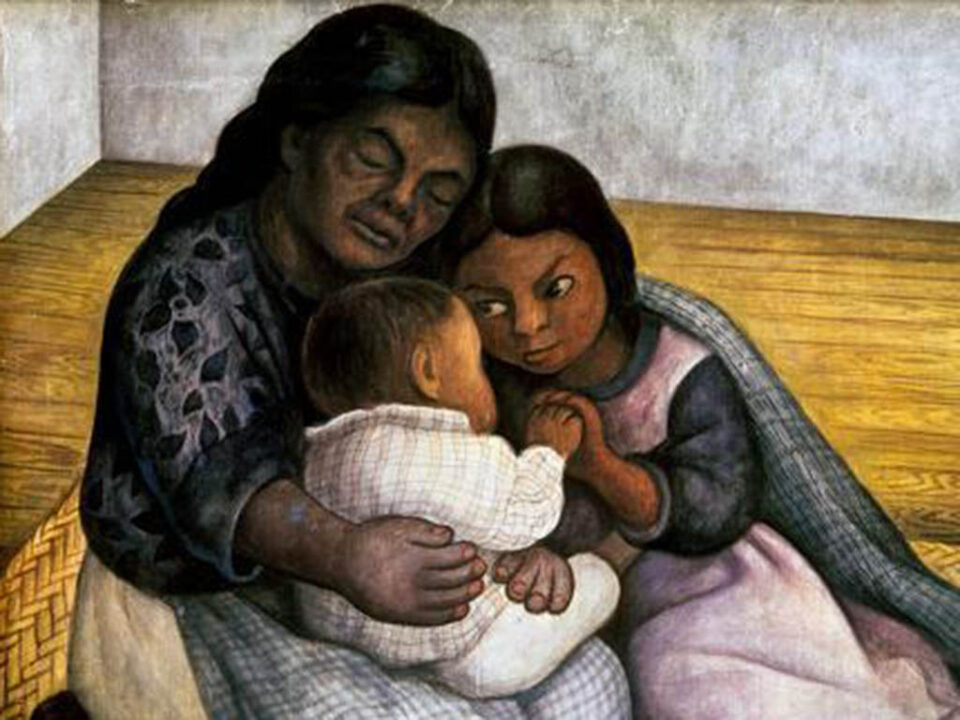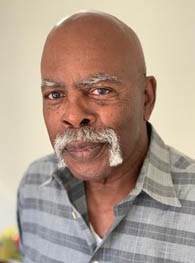The Weekly Bulletin of the Solidarity Project with Mexico

February 25, 2021 / Meizhu Lui,
for the editorial team
What makes test results like these so shocking? We can trace the roots of that impact deep into American history, to the attitudes of the English settlers who annihilated the first indigenous peoples and then met non-whites only as the Africans they enslaved, and refused. to consider them as human beings. In that environment, how many drops of “black blood” had taken on a life or death significance.
In America today, ancestry, as reflected in characteristics and color, still largely determines your social and economic status. But in the territories of Mexico, relations between Africans, indigenous peoples and Spanish colonizers took a different turn, as our Voices interview this week with historian Ron Wilkins shows. Africans first came to Mexico, Wilkins explains, not as slaves or conquerors, but as explorers.
Centuries later, Spain defeated the Aztec Empire and toiled brutally until the death of native peoples in the silver mines. The colonizers also imported large numbers of Africans to augment the labor of indigenous workers on the large Spanish-owned plantations. These two subjugated peoples shared their destiny and their DNA. It is not surprising that Africans, indigenous peoples, and Afro-mestizos later joined the Revolution. But they would be more than foot soldiers. They played prominent military roles. General Vicente Guerrero, the son of an Afro-mestizo father and an indigenous mother, became the second president of Mexico in 1829. The United States would not have a president of color until 2009.
Black History Month in the US brings the hidden stories of black perseverance and achievement into the light of day. But many things remain hidden. Mexicans who have lived for generations in what became the southwestern United States are of African descent, not just Spanish and indigenous. Currently, the United States and Mexico are two overlapping nations, and African Americans and Mexicans are two overlapping peoples. Black / Mexican unity amounts to more than just a political perspective. The black / Mexican unity is as deep as DNA.

Historian Ron Wilkins, recently retired from California State University-Dominguez Hills and West Los Angeles College, has spent years detailing what he sees as the “long and shared history of Blacks and Latinos fighting together against racism and injustice. “, a history” not known extensive. ” That work continues today, with a Wilkins children’s book, Black and Brown Unity: An Illustrated History for Beginners, which should be part of the curriculum in every school. His website: blackbrownunity.org .

To read the rest of this exciting bulletin click here!